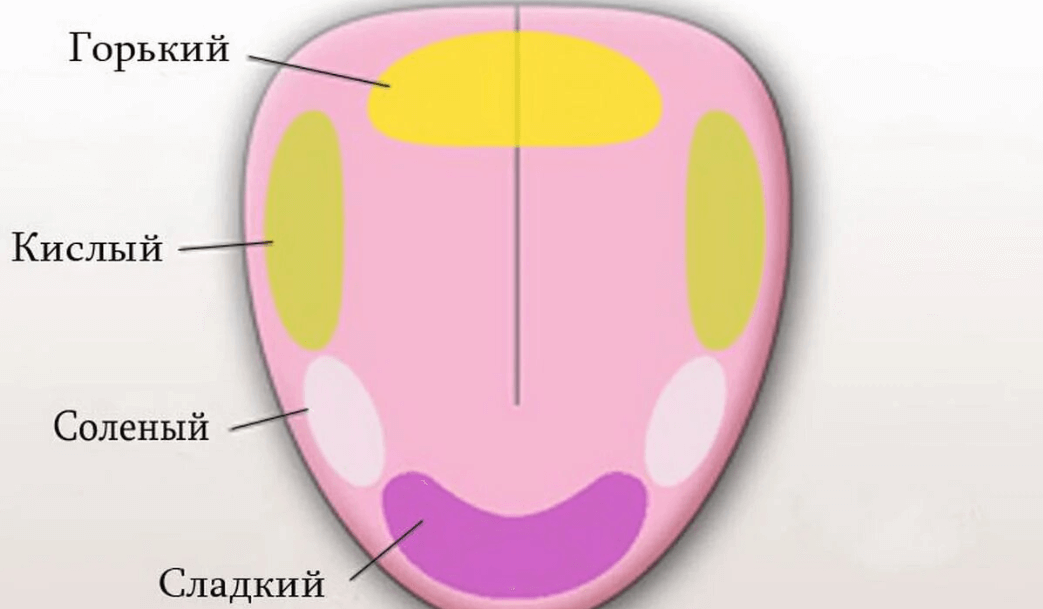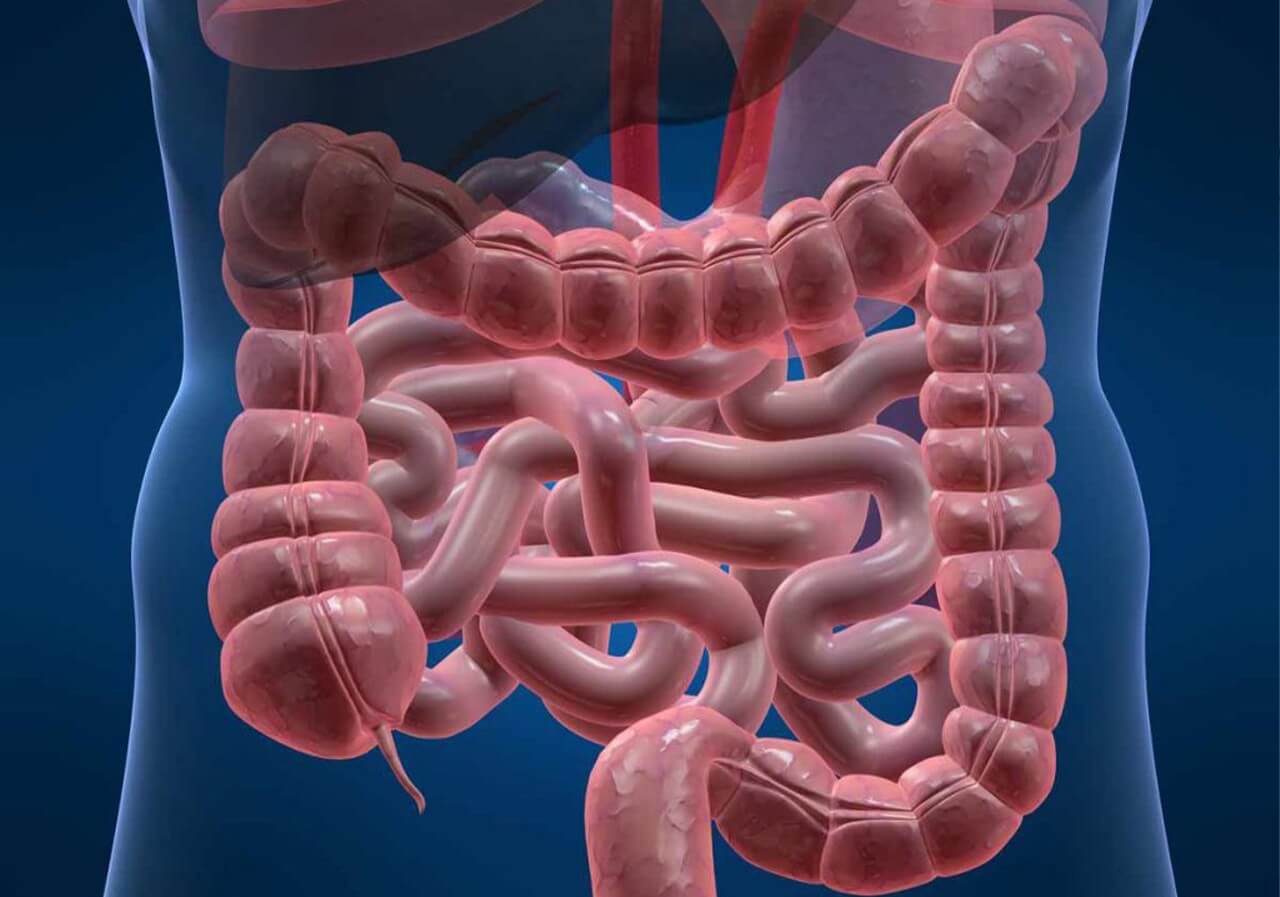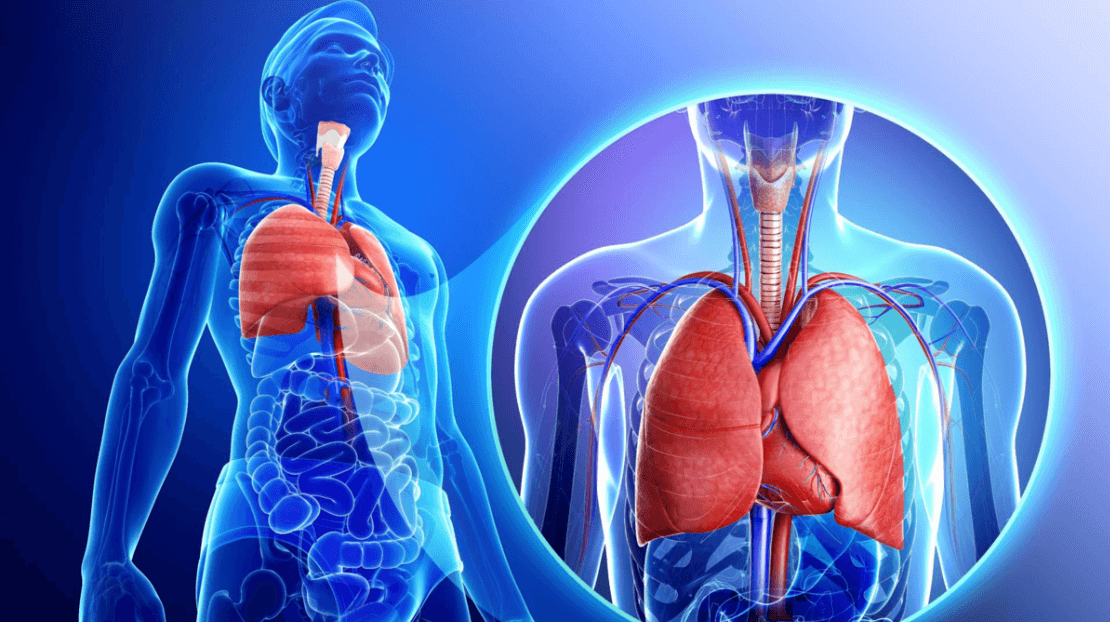Many types of cells in our body have a very limited list of tasks. For example, this applies to the photoreceptors that detect light waves in our eyes, that is, they are intended only for vision. However, such highly targeted cells are found not only in those parts of the body where they perform their task, but also in many others. The same photoreceptors are found throughout the nervous system, not just in the eyes. The same applies to the taste buds, which are located on the tongue, and through which we can taste food. Not long ago, scientists discovered that they are located throughout our body, where they perform specific tasks.

Taste buds are found not only on the tongue, but also in other parts of the body
How taste buds work
Taste buds are special cells, or rather — molecules in cells that detect nutrients in food that enters the mouth. At the same time, they send signals about these substances to the gustatory cortex, that is, the taste center of the brain. The brain, in turn, transforms these impulses, as a result of which we feel taste. As a matter of fact, all receptors work according to this principle, including the olfactory receptors that we talked about earlier.

Taste buds transmit signals about the taste of food to the brain
As for taste buds in other parts of the body, they perform the same action — determine nutrients. However, we cannot taste these substances because these receptors are not connected to the part of the brain that detects taste. This raises the question, why are they needed at all in this case?
What tasks do taste buds perform outside the tongue
When scientists discovered new molecules with a new function on the tongue, they named them “taste buds.” However, now scientists are coming to the conclusion that this name is not entirely correct. As mentioned above, taste buds are found far beyond the tongue. For example, they line the human intestines, where they also detect certain chemicals, which allows the intestines to regulate digestion.
However, the tongue and intestines have in common that they belong to the digestive system. Therefore, the discovery of taste buds in this part of the body was not surprising. However, subsequently scientists began to find them in other parts of the body.

Taste receptors were found in the intestines
For example, sweet taste receptors were found in the beta cells of the pancreas. They have been shown to help regulate insulin, as reported in a 2014 study. But the pancreas, like the intestines, releases chemicals in response to chemical signals received from taste buds. Therefore, their presence here is also quite logical.
Then scientists went even further — began to conduct research and discover taste buds in the most unexpected parts of the body, for example, in the heart muscle, fat deposits, skeletal muscles, bladder, brain, trachea and lungs, etc.
Moreover, in each of the organs they perform one or another task. For example, bitter taste receptors that were found in the respiratory tract of mice are associated with the regulation of respiration. Scientists also discovered receptors for bitter taste and umami taste in the testes. When they were turned off, the mice's sperm count began to decrease.

Taste buds are found even in the respiratory tract
All this indicates that taste buds are not limited to any one function and cannot be called exclusively taste sensors. Determining the taste of food — this is just one of the many tasks they perform in the body.
Follow the link to our ZEN CHANNEL. We have prepared for you a lot of interesting, exciting materials dedicated to science.
It must be said that the discovery of taste buds outside the tongue not only provides more information about our body, but also has practical significance. For example, this makes it clear why sweeteners, contrary to popular belief, do not actually help you lose weight if they replace sugar. The reason may be that not only our tongue identifies them as sugar, but also our intestines, as a result of which the digestive system begins to work in a similar way.
Finally, let us remind you that scientists have recently discovered a connection between all receptors. For example, the fact that a person’s sense of smell affects taste has been known for a long time. But, as it turned out recently, vision also depends on the sense of smell. Moreover, scientists have discovered that even sound affects the perception of taste. As we have previously told you, to make food taste better, you need to eat it in silence.